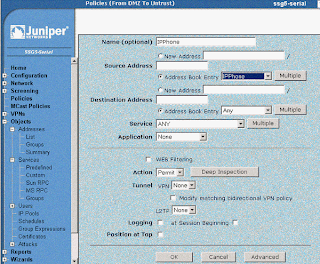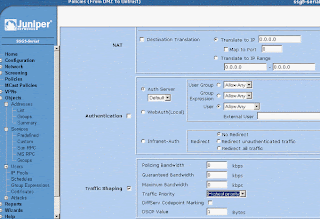Do you want to work for 40 years or more to make $40,000 a year or less just so you can retire on 40% of what wasn't enough in the first place?
Imagine owning a profitable home business that you could start today WITHOUT:
- 200% Technical know-how supported by me personally,
- Large capital investment or overhead,
- Jeopardizing your current career,
- Any of the headaches of owning a traditional business.
What if all the tools and techniques were provided for you instantly with simple-to-follow, step-by-step instructions? What if I told you it was FREE to join with NO obligation whatsoever! Interested?
Why not take that important first step and visit:
.


